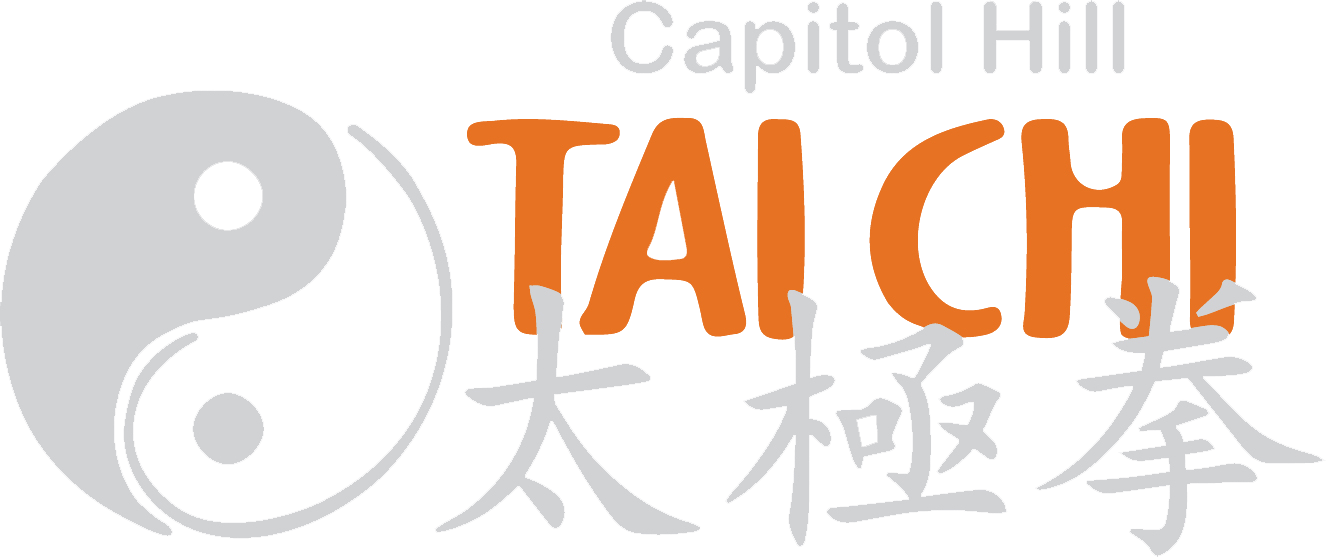Fa Jin
By Dr. David Walls-Kaufman
Today, on Mario Napoli’s very fine Tai Chi Chuan Study Group Facebook page, one of the members, Barry Strugatz, whom I don’t know, posted an interesting Youtube piece from Harvard on the distinctly human mechanics of throwing. And Barry made the analogy of the storing of elastic tension in throwing to Tai Chi, and I’m assuming he means Fa Jin.
But I have to strongly disagree. Fa Jin, or the push, in Tai Chi is not like throwing at all. Throwing necessitates a big “wind up” to generate the elastic tension to throw the object.
You see that in Judo and Aikido, but not in good Tai Chi. And this is one of the reasons why Tai Chi is so completely unique to other arts, aside from the “internal” component. So, I posted this suggestion of difference, and underneath is the link to the Youtube:
Hmmm. Yes, but I would suggest that in Tai Chi the elastic energy you are storing and releasing is in your opponent’s body. That energy in your body is powerful and massive, and so it can be contained and concealed in a small area – and then moved or swiveled around like a canon directed just on your opponent’s center. So – they’re similar, but still miles apart. Tai chi is much more like compressing a balloon against your fingertips to blast it off.
Professor Cheng’s breakdown of the four component parts of a Fa Jin help us understand the difference. He said a Fa Jin needed four things: 1) strong root, 2) strong internal energy, 3) the wave of resistance from the opponent, and 4) aiming your Jin like an arrow straight through the opponent’s center, and slightly upward.
[I may have this wrong! He may have made one of the four points “the right touch”, i.e. don’t be too heavy, so that you are sensitive to what they are doing.]
Without the first two components, that both come from powerful internal energy cultivation, it won’t work. Your powerful sung energy makes you like a wall, or a tree, a massive immovable object completely disproportionate to your physical stature. (So, big people can imitate this advantage over lightly built skinny people; hence, there’s a lot of big “Tai Chi Masters”.)
Your unusual magnet-like connection to the ground, the root, makes the opponent’s attack against you like a balloon compressing itself on a blunt stick. Once you have weathered the storm of their attack, i.e. neutralized their mass and energy, the huge compressed energy of the “balloon” rests squarely lined up on your person. You have the opportunity at this point, to unleash all of the balloon’s tension against itself, as if the balloon was massively compressed on the stylus of your fingertips. Your “push” is the release of that massive tension build up, that only happens if your root is powerful enough that you are immoveable to them.
If you move, or slip, or shift, the tension pops into release. If you have insufficient root, then the tension never builds up to the amounts required to send them flying away, because you have taken advantage of that law in physics that states, “If you control the center of the object, you control the object.”
[Most of the success in push hands and Tai Chi as a martial art is derived from your ability to manipulate the “movement discussion” between you and your opponent because of your internal power. Your internal power is so strong that they cannot reach to, or find, or manipulate you to give them, your center. And likewise your internal power is so strong that they cannot stop you from touching their center, or do so without producing a situation that makes them tense, without using tension, and thus giving you the wave of resistance that you then dilate with the precisely-timed and exquisitely-aimed pulse of your push.]
All of that compression power is built up by you directly on their center. It takes great internal power or external strength (strength works too, as in the example of the fat master who has no internal cultivation, but the physical mass to partly imitate the physics) to direct the pressure and the direction of force precisely where it needs to be directed, or changed slightly, in accordance with any shift your opponent might make in the moments before the Fa Jin.
That precise, subtle steering and control around the opponent’s center is also something that comes from the internal power. The touch, the great sensitivity, to manage the triggering and aiming of the great power comes from long practice in push hands. Feeling people defend, move, attack, shift, protect. The lighter you work, the more you progress. So, Professors Yang and Cheng, and Ben Lo, both said work light, aka with four ounces.
As light as you can. You will always be too heavy!
And “hearing” the subtle energy of their bodymind react to how you are influencing them and trying to force them to use force against you.
To repeat, the best analogy I have so far is that of compressing a balloon against your fingertips so that the elastic tension of the balloon itself blasts it away from you. You actually do so little!—just create the tension and keep it aimed as you want it. The analogy is easy to grasp when your mass is so much greater than a balloon. What seems too fantastic is to think that the analogy stays exactly the same for you when you confront someone that outweighs you by double or so!
But that is what it is!
